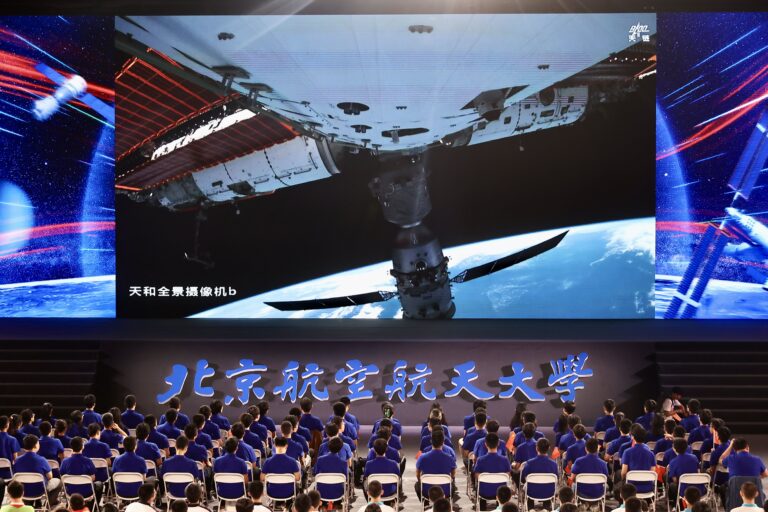America is NASA is struggling with what to do when the ISS returns to Earth. That could happen in 2030, as expected, or the lab could keep operating for a few years after that. Either way, NASA is looking for a replacement for the ISS when it finishes its decades-long mission in orbit, and it’s in the hands of a private company (supported by taxpayer dollars) to do it.
The argument is that a private space station would cost just a fraction of the $150 billion it cost to build the ISS, meaning the same services could be provided for fewer U.S. dollars. This is a compelling argument, but it doesn’t answer the fundamental question at the heart of it: why replace the ISS?
This week I spoke with industry experts who wished to speak freely and anonymously, and they offered three answers to that question.
- Geopolitics – We cannot cede territory to China.
- The ecosystem – we have already built the means to transport crew and cargo reliably, and many other space agencies are also willing to pay the access fee.
- Exploration and Innovation – The ISS has proven that research and development in space is worthwhile and that a low-orbit space station serves as an easier platform.
The latter two reasons are ones I’ve heard from companies pushing for funding from NASA’s Commercial LEO Destinations (CLD) program.
But the first explanation is eye-catching and says the quiet parts out loud.
The second space station in orbit, Tiangong, was built and is operated by China, which began launching the station in stages in 2021 and currently hosts three astronauts at a time, with plans to expand it further and operate it into the 2030s.
While the peaceful exploration and commercialization of space should always be the industry’s goal, unfortunately, we cannot ignore the reality that space, like land and sea, has always been a domain of warfare.
Ideally, NASA would also get one or more space stations — my industry experts estimate it could fly two for half the ISS’s $4 billion annual operating cost — and argue that operating like a company trying to commercially advance R&D and materials science “could unlock a lot of potential opportunities.”
Moreover, my experts pointed out that new space stations would not necessarily have to orbit the ISS or be within reach of Soyuz launches, but could fly in a cheaper, more easily reachable orbit, or even lower. Moreover, the new proliferation of inter-satellite links would give these stations access to 24/7 bandwidth from constellations like SpaceX’s Starlink.
There are a number of stations looking to replace the ISS, including Axiom, STAR Labs, Vast, and Orbital Reef. But as the future of NASA’s CLD program evolves and companies seek more support, don’t be surprised to hear more voices in Washington DC urging not to hand over LEO to China.

